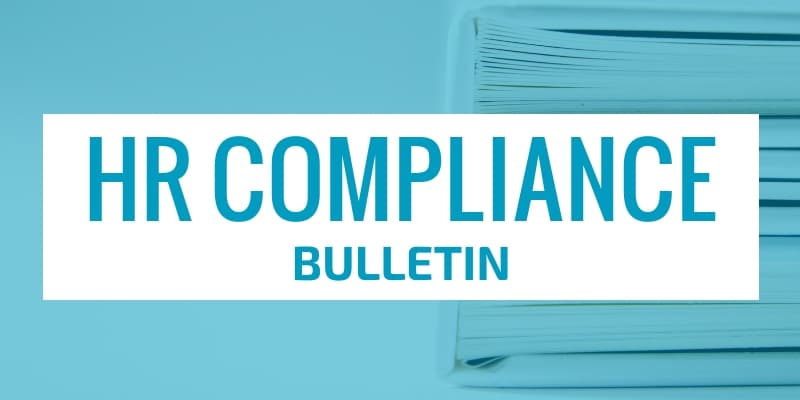02 Oct Dependent Coverage Rules: Reminders for Employers
 Many health plans provide coverage for employees’ dependent children. Since 2010, the Affordable Care Act (ACA) has imposed strict requirements on plans that provide dependent coverage. These requirements prohibit restrictions that employers had frequently used to limit dependents’ eligibility for coverage prior to 2010.
Many health plans provide coverage for employees’ dependent children. Since 2010, the Affordable Care Act (ACA) has imposed strict requirements on plans that provide dependent coverage. These requirements prohibit restrictions that employers had frequently used to limit dependents’ eligibility for coverage prior to 2010.
Specifically, group health plans and health insurance issuers offering group or individual coverage that provide dependent coverage to children on their parents’ plans must make coverage available until the adult child reaches age 26.
As employers look for ways to reduce the costs of providing coverage to employees and their families, they may be considering limiting dependent coverage, or imposing additional costs or restrictions on eligibility. However, these measures may be prohibited by the ACA. This Compliance Bulletin provides an overview of the rules that employers must follow when offering dependent coverage.
02 Oct Conducting a Remote Termination
 Terminations aren’t easy, and the current pandemic is causing new challenges for the process. Conducting terminations in-person may be the standard procedure for many organizations, but with more employees working remotely than ever before, an in-person termination isn’t always feasible—or might be logistically impractical.
Terminations aren’t easy, and the current pandemic is causing new challenges for the process. Conducting terminations in-person may be the standard procedure for many organizations, but with more employees working remotely than ever before, an in-person termination isn’t always feasible—or might be logistically impractical.
When conducting remote terminations, having an effective process in place can ease this difficult task and reduce risk for an employer. This article offers considerations for conducting a remote termination.
Employers should ensure that those involved with terminations are aware of all applicable laws. The considerations outlined in this article are not legal advice. Laws and guidelines related to terminations may vary by locality. Employers should consult with local legal counsel for any termination-related issues.
02 Oct NYC Changes to Paid Sick Leave Law Take Effect Sept. 30
 New York City has amended its Earned Safe and Sick Time Act (ESST) to align with the state’s paid sick leave law (PSL), which was passed in April 2020 as part of the state budget. Both the amendments to the city ESST and the accrual and notice portions of the state law take effect Sept. 30, 2020.
New York City has amended its Earned Safe and Sick Time Act (ESST) to align with the state’s paid sick leave law (PSL), which was passed in April 2020 as part of the state budget. Both the amendments to the city ESST and the accrual and notice portions of the state law take effect Sept. 30, 2020.
The ESST amendments make a number of changes to the law, most notably how much leave must be provided by employers of different sizes, as follows:
25 Sep Time Tracking in the Time of COVID-19
 Keeping track of employee productivity has always been important, but it’s even more significant in the wake of the COVID-19 pandemic. With the majority of employers allowing remote work, accurate time tracking isn’t always a guarantee.
Keeping track of employee productivity has always been important, but it’s even more significant in the wake of the COVID-19 pandemic. With the majority of employers allowing remote work, accurate time tracking isn’t always a guarantee.
However, despite the challenge, it’s critical that all employers strive for accuracy. In fact, not doing so can lead to confusion, lost productivity and other consequences.
This article outlines an employer’s general time tracking responsibilities and offers some best practices to follow.


